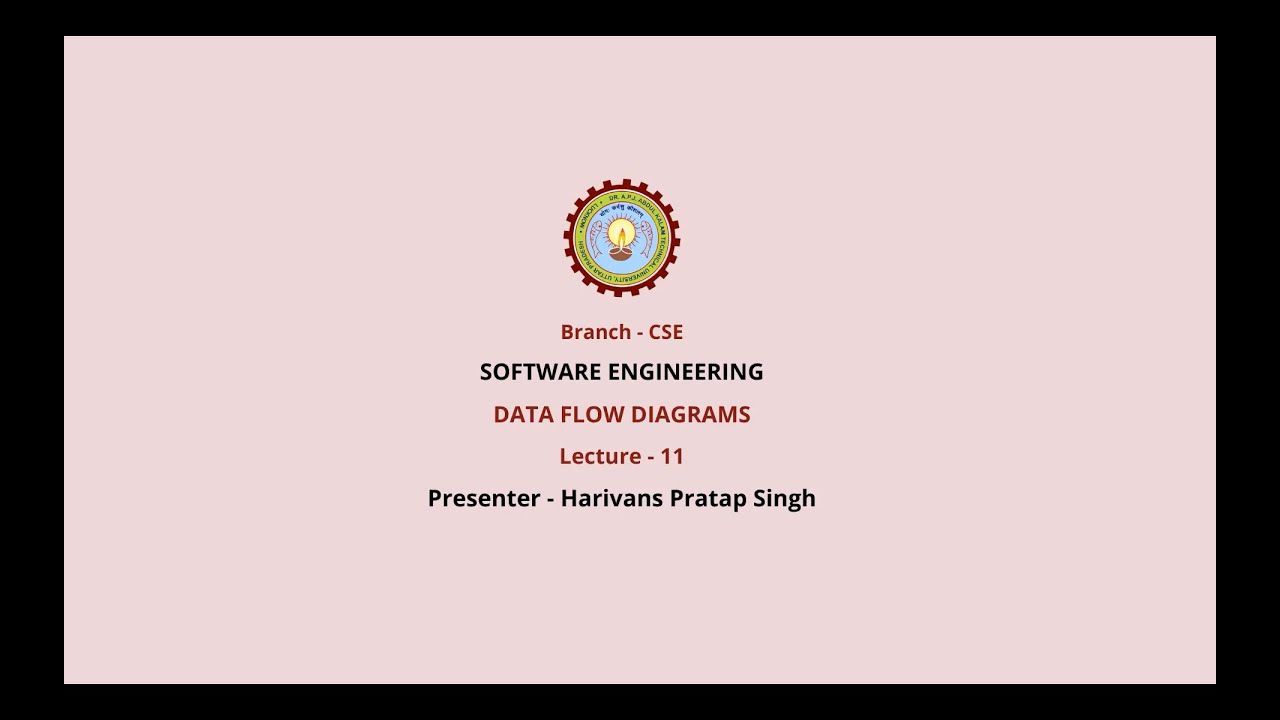Requirement Part 1 - Materi 3
Summary
TLDRThe video discusses the critical aspects of user and system requirements in software engineering, emphasizing the importance of clear communication and well-structured documentation. It outlines strategies to mitigate misunderstandings, such as using standardized formats, consistent terminology, and avoiding technical jargon. The roles of various stakeholders—such as system customers, managers, and engineers—are detailed in relation to requirement documentation. Additionally, it explores effective methods for gathering requirements, encouraging collaboration within teams to select suitable approaches. Overall, the content serves as a comprehensive guide to understanding and implementing user and system requirements effectively.
Takeaways
- 😀 User requirements describe what users need from a system, focusing on the functionalities and information they seek.
- 😀 Clear language and standardized formats in requirement documentation help reduce misunderstandings among stakeholders.
- 😀 Consistent terminology and avoiding technical jargon can make documentation more accessible to all users.
- 😀 System requirements provide a detailed description of system functionalities and are distinct from design documents.
- 😀 Requirement documents serve as official statements of system needs, guiding development without detailing implementation methods.
- 😀 Different stakeholders, such as customers and managers, use requirement documents to ensure systems meet their needs and expectations.
- 😀 Good requirement documents should outline external system behavior and highlight implementation constraints.
- 😀 Documentation should be easily modifiable to accommodate changes in requirements over time.
- 😀 Questions focusing on problem understanding and feasibility can aid in gathering accurate requirements.
- 😀 Effective collaboration and discussion among team members are crucial in determining which methods for gathering requirements to use.
Q & A
What are user requirements and why are they important?
-User requirements describe what users need from a system, helping to ensure that the developed system meets their needs and expectations.
How can misunderstanding user requirements be minimized?
-Misunderstandings can be reduced by creating standardized formats for writing, using consistent terminology, and avoiding technical jargon that users may not understand.
What is the difference between user requirements and system requirements?
-User requirements outline what users expect from the system, while system requirements provide a detailed description of how the system will fulfill those user needs.
What are some characteristics of effective requirement documents?
-Effective requirement documents should clearly describe system behavior, outline implementation constraints, and be easily modifiable for future changes.
Why is it important for requirement documents to avoid technical jargon?
-Avoiding technical jargon ensures that all stakeholders, including non-technical users, can understand the requirements, leading to better communication and fewer misunderstandings.
What role do managers play in the system development process related to requirements?
-Managers use requirement documents to plan the development process and ensure that the system aligns with user needs and organizational goals.
How can diagrams like flowcharts assist in understanding system requirements?
-Flowcharts visually represent the processes and functions of a system, making it easier for developers and stakeholders to grasp how the system will operate.
What should a requirement document ideally capture regarding system behavior?
-It should describe how the system responds to various situations, including normal operations and exceptional cases, providing a comprehensive view of expected behavior.
What types of questions should be asked to clarify user needs during the requirement gathering phase?
-Questions should focus on identifying who needs the software, the expected benefits, potential issues, and how the desired outputs should be structured.
What is the significance of conducting a feasibility study in the context of requirements?
-A feasibility study assesses the practicality of implementing a system and identifies any potential issues that could arise during integration, helping to inform decision-making.
Outlines

このセクションは有料ユーザー限定です。 アクセスするには、アップグレードをお願いします。
今すぐアップグレードMindmap

このセクションは有料ユーザー限定です。 アクセスするには、アップグレードをお願いします。
今すぐアップグレードKeywords

このセクションは有料ユーザー限定です。 アクセスするには、アップグレードをお願いします。
今すぐアップグレードHighlights

このセクションは有料ユーザー限定です。 アクセスするには、アップグレードをお願いします。
今すぐアップグレードTranscripts

このセクションは有料ユーザー限定です。 アクセスするには、アップグレードをお願いします。
今すぐアップグレード関連動画をさらに表示

Requirements Engineering lecture 2: process

An introduction to Requirements Engineering

O que é Engenharia de Requisitos // Engenharia de Software #01

Software Engineering | Data Flow Diagrams | AKTU Digital Education

pertemuan 2 Rekayasa Perangkat Lunak

What is software engineering? - 1| Software engineering in telugu
5.0 / 5 (0 votes)
